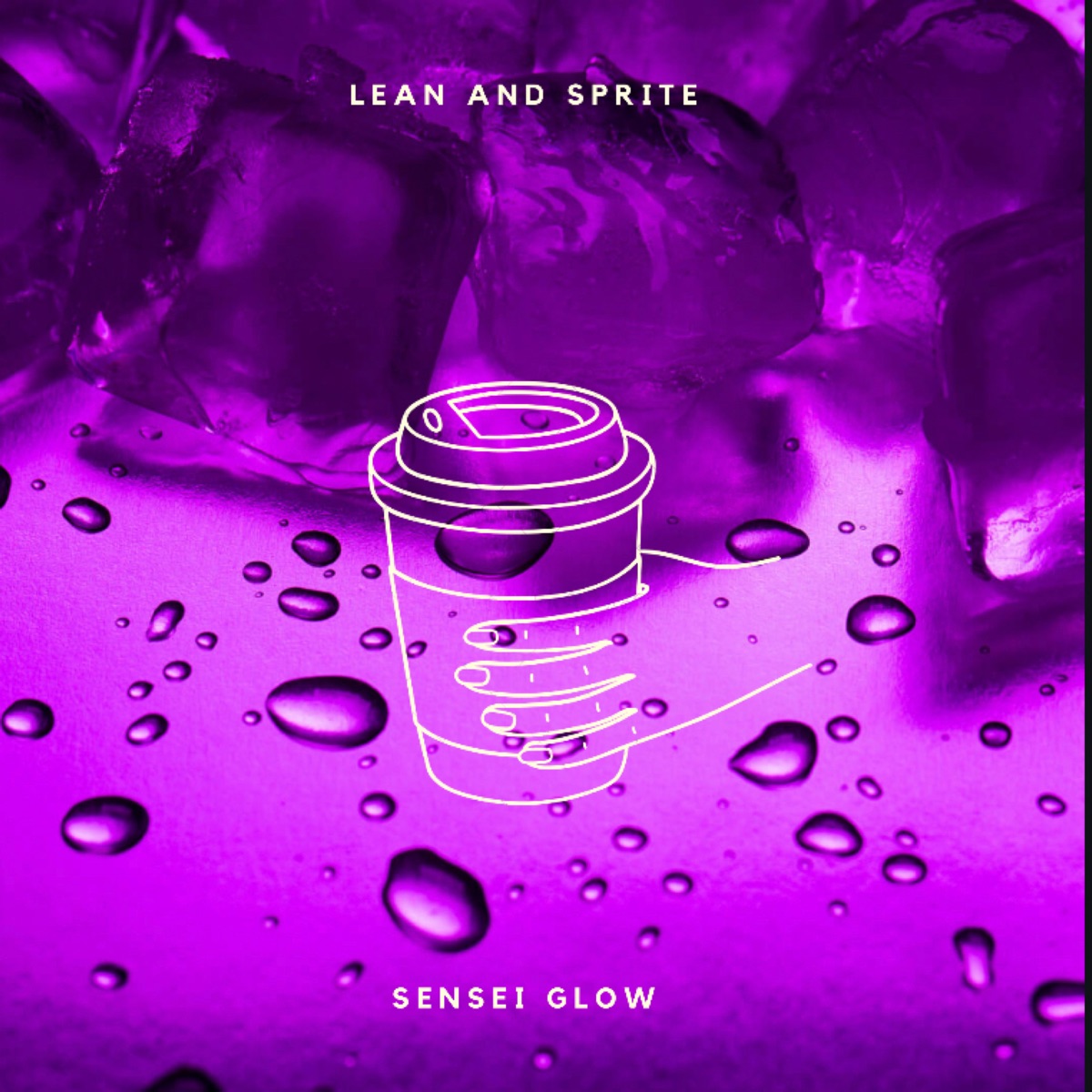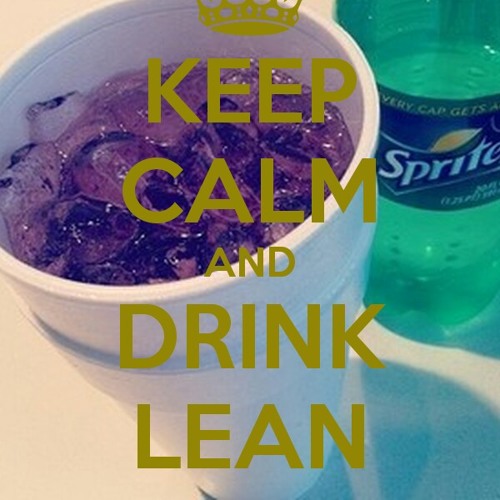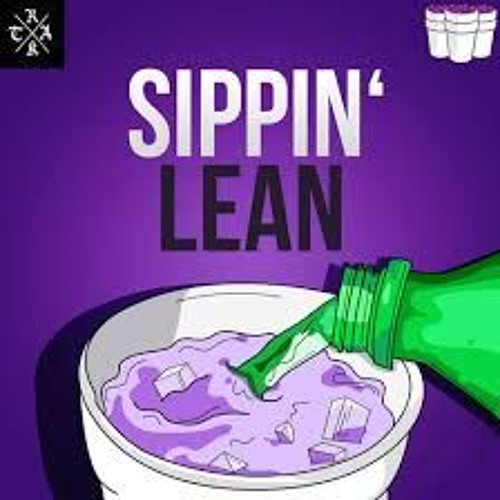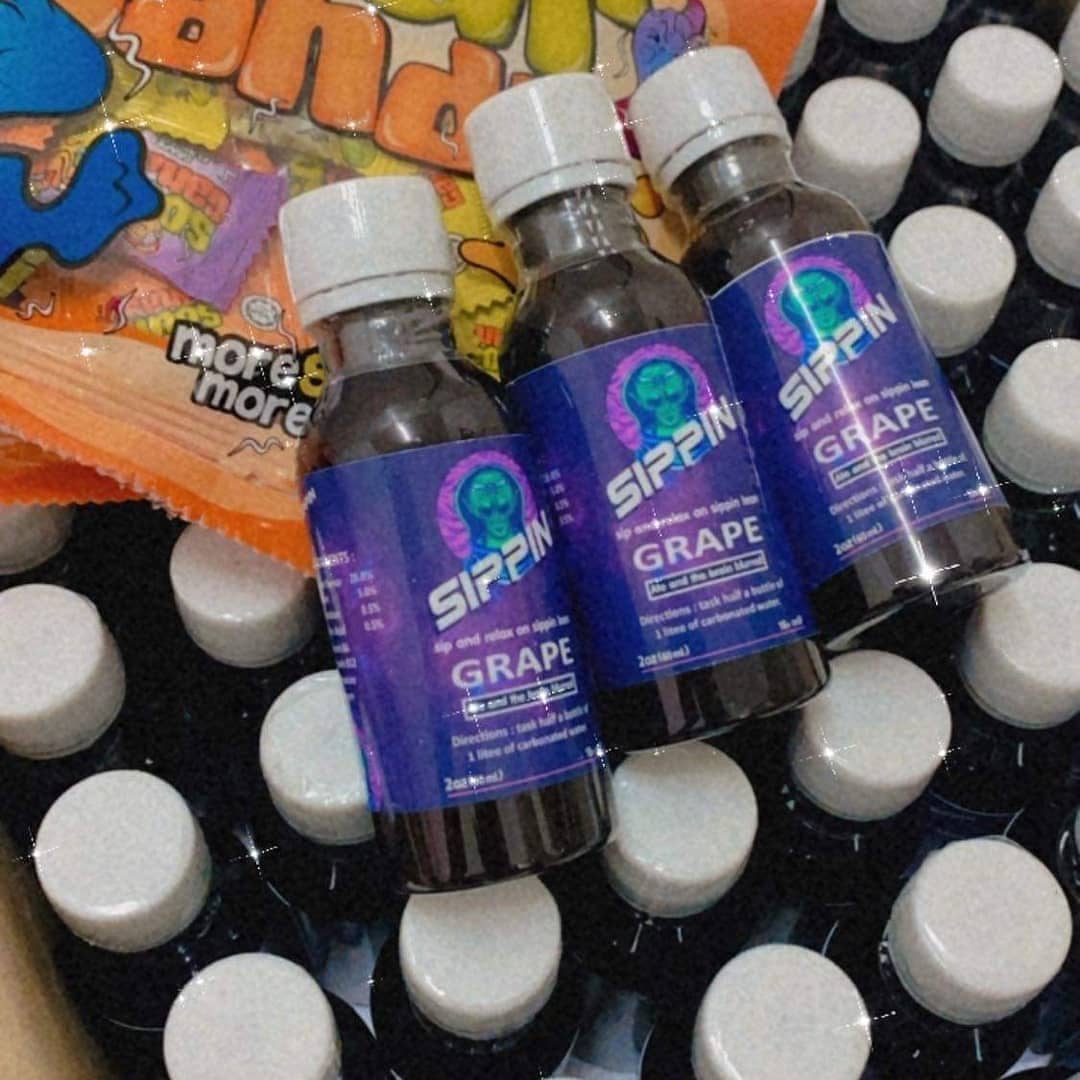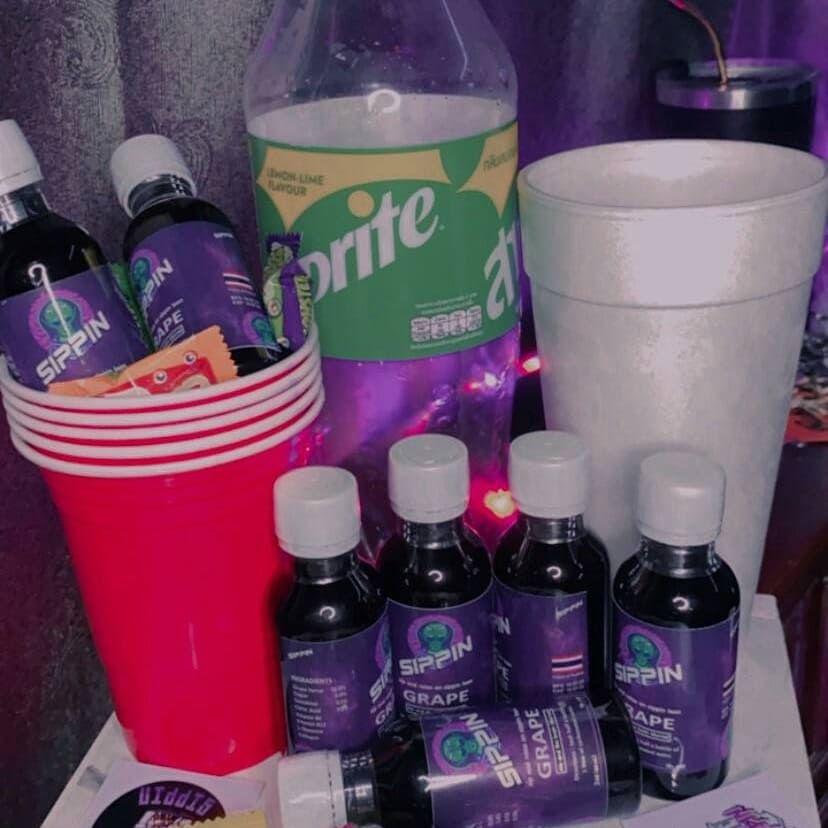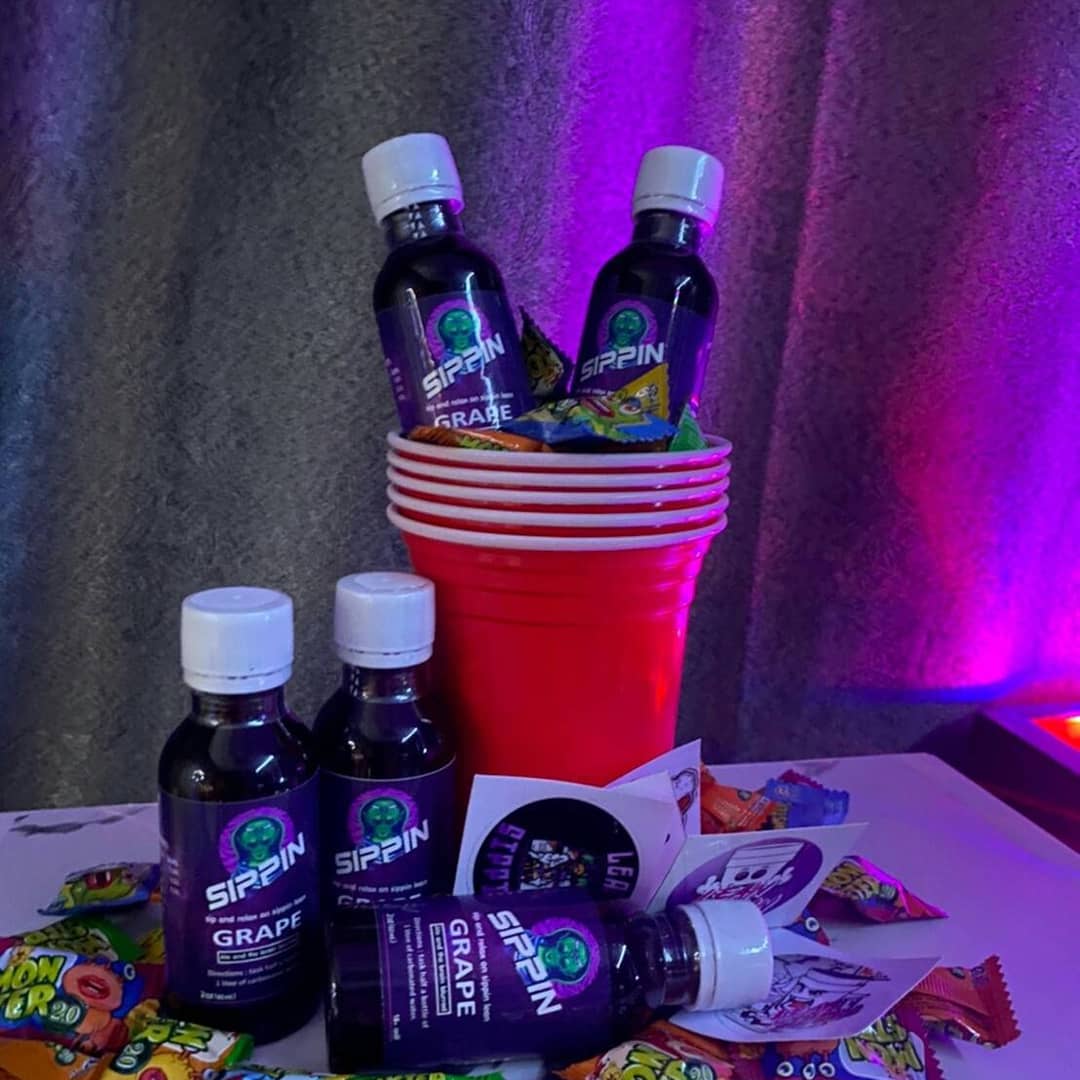Sippin On My Lean Its Stunning It Aint No Laxative

The phrase "Sippin On My Lean Its Stunning It Aint No Laxative," originating from popular music, has sparked increasing concern among health officials and addiction specialists. The seemingly innocuous lyric references a dangerous concoction often called "lean," "purple drank," or "sizzurp," composed primarily of prescription-strength cough syrup containing codeine or promethazine, mixed with a soft drink.
This article aims to objectively examine the rising popularity, potential health ramifications, and societal impact of this trend, drawing upon expert opinions and official data.
The Composition and Appeal of Lean
At its core, lean is a mixture of prescription-strength cough syrup, typically containing codeine or promethazine, and a sweet beverage, often Sprite or Mountain Dew. The codeine, an opioid, produces a euphoric and relaxing effect. The promethazine, an antihistamine, acts as a sedative, further enhancing the feeling of drowsiness.
The beverage's appeal stems from its easy accessibility (at least initially, through prescriptions or illicit markets) and its association with celebrity endorsements, particularly within certain genres of music. The internet has amplified the normalization of lean, with social media platforms often showcasing its use.
Health Risks and Potential Dangers
The consumption of lean carries significant health risks. Dr. Emily Carter, a leading addiction specialist at the National Institute on Drug Abuse (NIDA), emphasizes the potentially fatal consequences. "Codeine is an opioid, and like all opioids, it can cause respiratory depression, leading to coma or death, especially when taken in large doses or combined with other central nervous system depressants like alcohol," Dr. Carter states.
Promethazine, while an antihistamine, also contributes to respiratory depression and can cause severe drowsiness. The combination of these two drugs creates a synergistic effect, significantly increasing the risk of overdose.
Long-term use of lean can lead to addiction, liver damage (due to the acetaminophen often present in the cough syrup), seizures, and severe constipation. Withdrawal symptoms can be intense and debilitating, requiring medical intervention.
Data and Statistics on Opioid Use
While specific data on lean consumption is limited, statistics on opioid use in general paint a concerning picture. According to the Centers for Disease Control and Prevention (CDC), opioid overdose deaths remain a significant public health crisis.
Although prescription opioid-related deaths have seen some decline, overall opioid-involved deaths, including those involving illicitly manufactured fentanyl, remain high. The easy accessibility and perceived glamour of lean can serve as a gateway to more dangerous opioid use.
"We are seeing a concerning trend of young people experimenting with lean, often unaware of the serious health risks involved," says Mark Thompson, a spokesperson for the Drug Enforcement Administration (DEA).
Societal Impact and Cultural Normalization
The normalization of lean in popular culture, particularly in music and social media, is a major concern. The glamorization of drug use can desensitize young people to the dangers of addiction.
The lyrics and imagery associated with lean often portray it as a harmless recreational activity, masking the serious health consequences. This can lead to increased experimentation and ultimately, addiction.
Educational initiatives and public awareness campaigns are crucial to counteracting the normalization of lean. These initiatives should focus on providing accurate information about the risks associated with its consumption and promoting healthy alternatives.
Prevention and Intervention Strategies
Preventing lean use requires a multi-faceted approach. Educating young people about the dangers of opioids and prescription drug abuse is paramount.
Parents, educators, and healthcare professionals all have a role to play in raising awareness and providing support. Early intervention is crucial for those who are struggling with addiction.
Treatment options for opioid addiction include medication-assisted treatment (MAT), therapy, and support groups. Access to affordable and effective treatment is essential for helping individuals recover from addiction.
The Human-Interest Angle: A Personal Story
Sarah Miller, a 22-year-old recovering addict, shares her story of struggling with lean addiction. "It started as just something fun to do with my friends at parties," she says. "But it quickly spiraled out of control. Before I knew it, I was completely dependent on it. It almost cost me my life."
Sarah's story highlights the devastating consequences of lean addiction and underscores the importance of prevention and early intervention. Her journey to recovery serves as a source of hope for others who are struggling with addiction.
Conclusion
The phrase "Sippin On My Lean Its Stunning It Aint No Laxative," while catchy, masks the serious dangers of lean consumption. The health risks, societal impact, and potential for addiction are significant.
Increased awareness, education, and access to treatment are crucial to addressing this growing public health concern. By working together, we can protect young people from the devastating consequences of lean addiction.
It is imperative that individuals understand the severe health risks and potential consequences associated with consuming lean and seek help if they are struggling with addiction.

